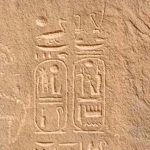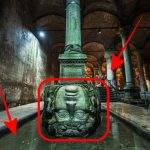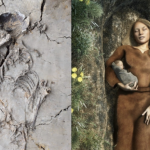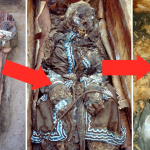The Development of Egyptian Canopic Chests: The Meaning of Tutankhamun’s Masterwork
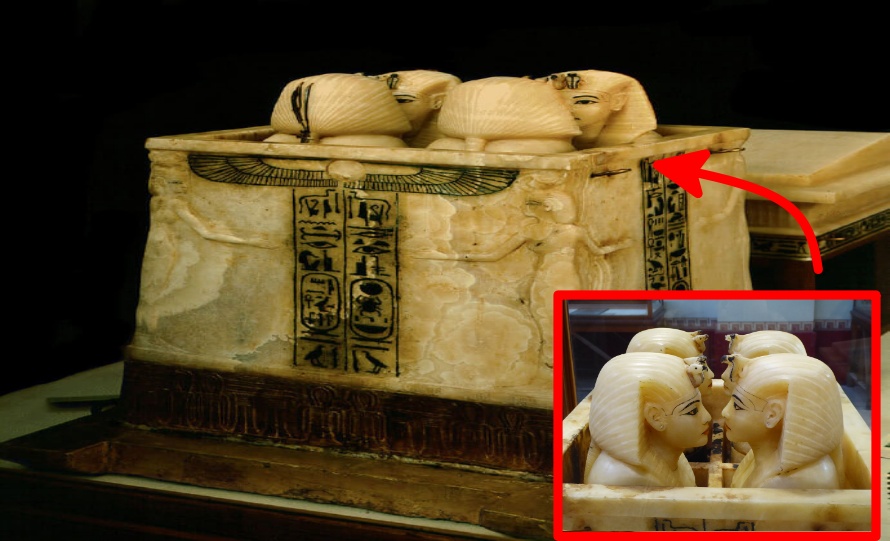
In the annals of ancient Egyptian history, few artifacts capture the imagination quite like the Canopic Chest of Tutankhamun—a masterpiece of funerary art dating back to the New Kingdom period. This remarkable chest, crafted with exquisite detail and symbolism, offers a glimpse into the intricate rituals and beliefs surrounding death and the afterlife in ancient Egypt.
During the mummification process, the organs of the deceased were carefully removed and preserved in canopic jars, which were then placed within a canopic chest. Initially, these chests were simple and utilitarian, crafted from wood and devoid of elaborate decoration. However, as Egyptian civilization flourished and funerary practices evolved, so too did the design of the canopic chest.
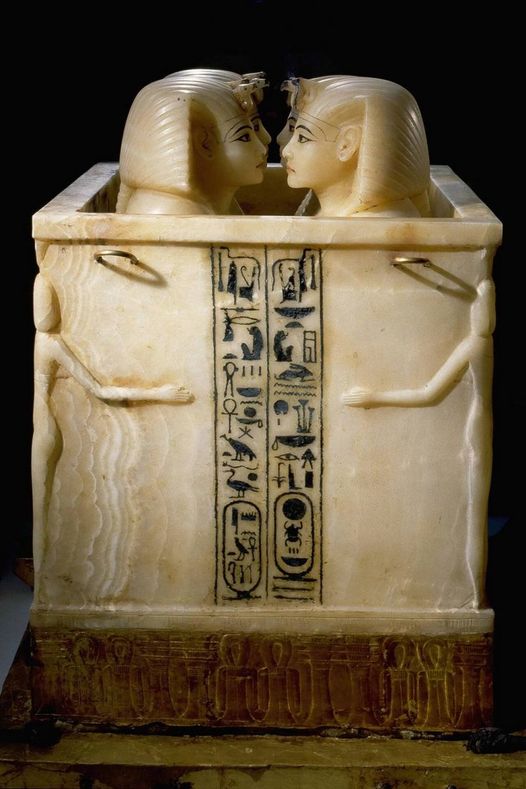
By the time of the 21st Dynasty, a significant shift occurred in mummification practices—the organs of the deceased were left inside the body, and the need for canopic jars diminished. Despite this change, the tradition of including a canopic chest in the tomb persisted, serving as a symbol of continuity and reverence for ancient customs.
Tutankhamun’s canopic chest stands as a testament to this tradition, showcasing the pinnacle of craftsmanship and artistic expression in ancient Egypt. Carved from alabaster—a material revered for its purity and luminosity—the chest exudes a sense of regality and solemnity befitting its royal owner.
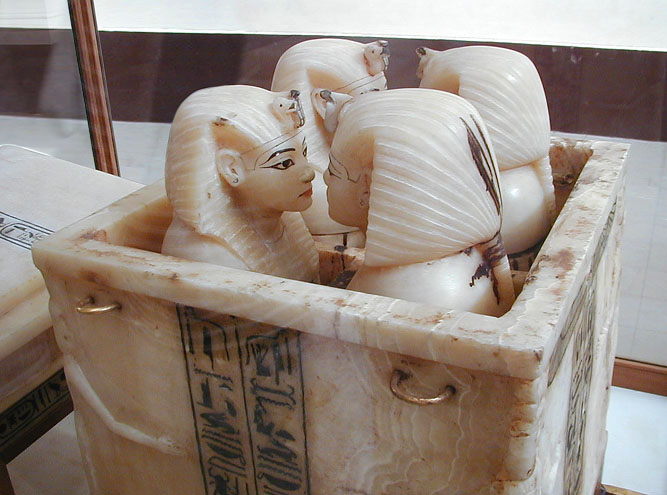
One of the most striking features of Tutankhamun’s canopic chest is its compartments, each adorned with a lid carved in the likeness of the young pharaoh himself. These intricately detailed lids not only serve a practical purpose but also imbue the chest with a sense of divine protection and guardianship.
Further enhancing its symbolism are the carvings of goddesses adorning the corners of the chest, each representing a different aspect of the afterlife and offering protection to the deceased on their journey to eternity. These divine guardians, with their outstretched wings and serene expressions, impart a sense of peace and security to the departed soul.
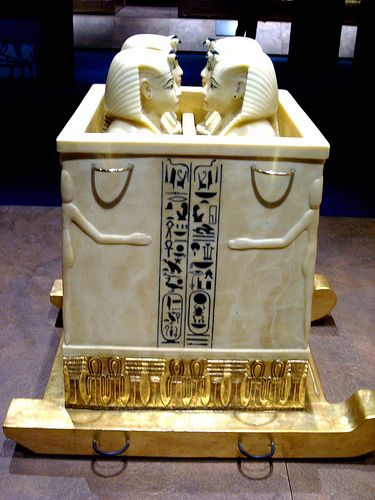
Within each compartment of the canopic chest lay miniature coffins, meticulously crafted to house the preserved organs of the deceased. These miniature coffins, adorned with gold, colored glass, and semi-precious stones, mirror the opulence of Tutankhamun’s burial coffin, reflecting the belief in the importance of preserving the physical body for the afterlife.
Today, Tutankhamun’s canopic chest resides in the Egyptian Museum in Cairo, a testament to the enduring legacy of one of history’s most enigmatic figures. Through its exquisite craftsmanship and profound symbolism, it serves as a tangible link to Egypt’s ancient past, inviting visitors to ponder the mysteries of life, death, and the eternal journey of the soul.



